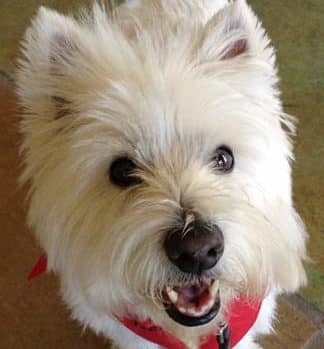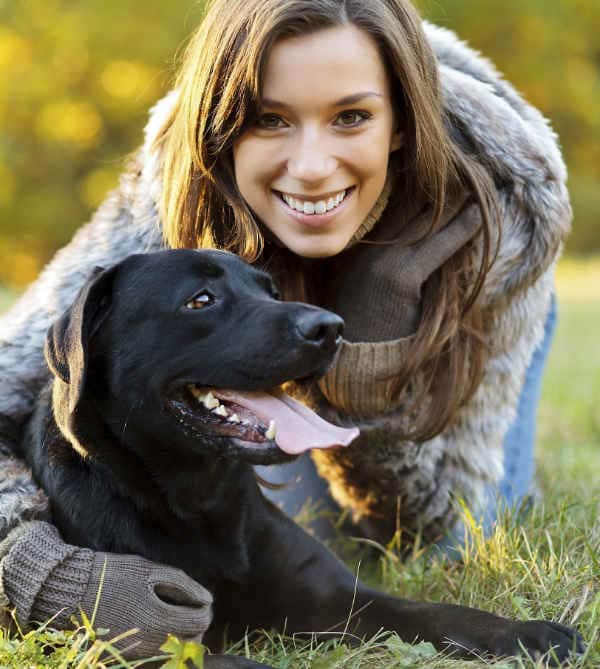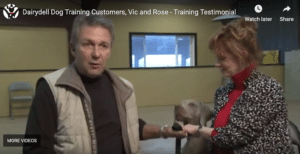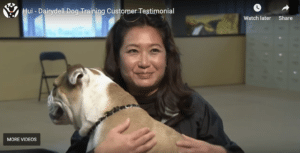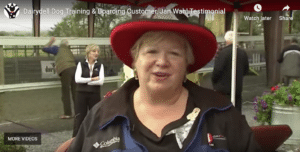If you are struggling with a dog that does not listen, talks back or is starting to rule the home and you don’t know what to do — the solution might be surprising, and simpler than you think! You can create a significant change in your dog’s behavior even before you start signing up for obedience classes and teaching commands. You can start turning your dog’s behavior around by simply reining in some of his freedoms.
A dog that doesn’t listen, talks back or takes over the home is a dog that believes they are in charge and does not really respect you. Chances are they know their commands but in the dog world, respect is a product of control, not commands! Taking away certain freedoms and privileges from your dog is the quickest way to demonstrate control and more effective in earning respect than any obedience command, in my experience. Limiting freedoms changes the relationship between you and your dog, and immediately makes him/her more respectful. A respectful dog will actually stop doing things when we ask and calm down because he is no longer looking for his limits or his leader….you have set his mind at ease.
Respect will not be earned through scolding. In fact, getting emotional and raising your voice will telegraph your own loss of control, bring the hierarchy into question, raise the excitement in the room and predictably make the situation worse. Alternatively, punishing your dog is also ill-advised. At best, punishing is ineffective but at worst, can be downright dangerous. Dogs don’t know right from wrong, so they can’t be shamed into good behavior and “punishing” a dominant dog can trigger aggression back at you.
Start earning your dog’s respect Nature’s way, with some significant freedom-limiting techniques. Remember that the Top Dog in a pack earns that rank not through fighting, but by limiting the behaviors of others around him.
Here are some good Freedom-Limiting ideas:
- If your dog is especially wild or too energetic with you in the home, try attaching a drag leash to their flat collar while you are together. This way you can pick up the leash at anytime to restrict unwanted behaviors as they happen. Do NOT leave a drag leash on your dog unsupervised, however. (That could be dangerous if the leash got tangled or caught.) A drag leash can help turn your dog’s unruly habits into good ones, but is for use only when you and your dog are sharing time together. Take it off when you are not.
- Crate your dog or put them in a dog run when you leave the house. Do not leave them loose in your yard or on your property where they can become King or Queen of all they survey.
- Crate your dog overnight, door closed. They must depend on you to release them in the morning.
- Do not let the dog share the furniture with you. Elevated spaces denote power and belong only to you until that is acknowledged.
- Do not let the dog on the bed. Own this privileged space.
- When their leash is on, require your dog stay at your side with his toes behind yours. This is the subordinate position and quietly conveys that you are the boss.
- On walks, keep your dog’s toes behind yours at all times. No walking ahead of you! You are leader of your pack. (This may require a special harness or collar, which a trainer can help you choose.)
- On walks, no sniffing the ground or relieving themselves until allowed by you to do so. Your dog must walk “toes behind” and wait for your permission for even basic bodily functions. (IE: “Go sniff” or “Got potty” can be your cue for letting the dog leave your side to sniff around or do their business before your resume your walk.) Now that’s power! ?
As time passes and your dog’s behavior begins to improve and becomes calmer and more respectful, you may gradually reintroduce some household freedoms, but be willing to take them away at any time the dog’s behavior regresses. The “toes behind”’ rule on leash, however, should be enforced indefinitely. It is the cornerstone of your leadership relationship.
Start limiting your dog’s freedoms and watch the transformation!

